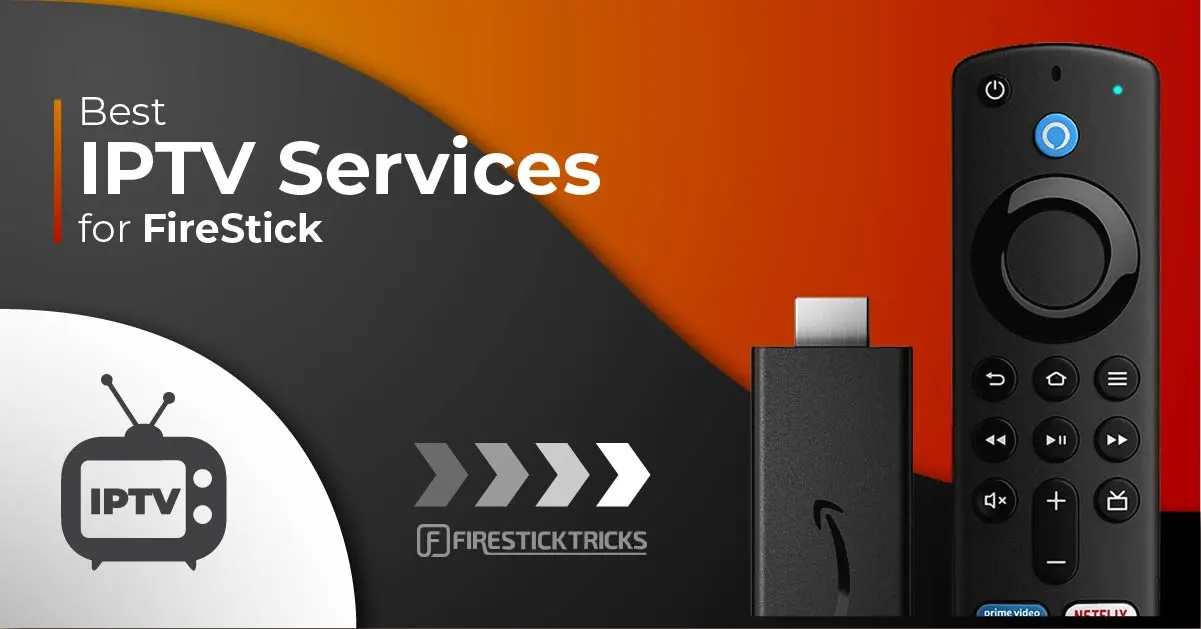Accessibility Costs Content: IPTV Subscription Plans Tailored to You
How IPTV Functions: A Step-by-Step Overview to Internet Procedure Tv Innovation
Internet Procedure Tv (IPTV) has changed the method we eat television material, supplying a brand-new realm of opportunities via the power of the internet. Comprehending the intricacies of exactly how IPTV functions can shed light on the innovation that drives this cutting-edge form of media shipment. From the basic concepts of IPTV to the complex process of web content distribution, each step plays a critical role in making sure a smooth viewing experience. In this guide, we will reveal the hidden mechanisms that make IPTV an interesting blend of modern technology and home entertainment.
IPTV Essentials
In recognizing IPTV essentials, it is pivotal to grasp the fundamental workings of this modern technology in supplying tv web content online. IPTV, which stands for Internet Method Tv, makes use of Web Procedure (IP) networks to transfer television content to customers' gadgets. Unlike traditional methods of relaying television content through cord or satellite signals, IPTV streams media through high-speed web connections.

Additionally, IPTV permits interactive capacities, such as video clip as needed (VOD) and digital program overviews (EPG), improving the user experience by giving even more control and flexibility in accessing web content. Generally, understanding the essentials of IPTV sets the foundation for discovering its more advanced capabilities and the benefits it offers to contemporary television intake.
Material Distribution Process
Effective web content delivery in IPTV systems entails a well-structured process that makes sure seamless transmission of television material over IP networks. The content delivery procedure in IPTV begins with the creation of the video web content, which is after that encoded into electronic format appropriate for IP transmission.

Middleware Capability
With the combination of middleware, IPTV systems gain enhanced capability navigate to this site that improves customer interaction and content administration. One of the key features of middleware in IPTV is to enable tailored user experiences by giving features such as interactive program overviews, video-on-demand services, interactive marketing, and customer preferences monitoring.

Tool Compatibility
Offered the essential function of middleware in making it possible for smooth communication and material administration in IPTV systems, a critical facet to take into consideration is the compatibility of tools utilized for accessing the IPTV services. Device compatibility is important for guaranteeing a smooth user experience and optimal efficiency when accessing IPTV web content.
In the context of IPTV, gadget compatibility refers to the ability of a device to effectively communicate with the IPTV solution, display material correctly, and support the needed procedures and codecs for streaming video content online. Different gadgets, such as smart Televisions, set-top boxes, smart devices, tablets, and computers, may have varying degrees of compatibility with IPTV services.
To guarantee a smooth watching experience, it is necessary for users to choose gadgets that are compatible with the details IPTV service they are using. Additionally, IPTV provider ought to supply assistance for a large range of tools to deal with the diverse requirements of their user base. By focusing on device compatibility, both customers and company can enhance the overall IPTV experience.
Top Quality of Solution (QoS)
Taking into consideration the vital function of maintaining a high criterion of efficiency and reliability in IPTV systems, making sure consistent Top quality of Solution (QoS) remains a fundamental aspect of the user experience. QoS in IPTV refers to the ability of the system to deliver content with minimal disturbances, high resolution, and quickly loading times.
Company employ QoS systems such as web traffic prioritization, buffering, and error improvement to preserve a secure IPTV solution. By focusing on IPTV web traffic over less time-sensitive information, carriers can make sure smooth playback even throughout peak usage hours. Buffering assists make up for network variations, while mistake adjustment techniques enhance data integrity.
Continual monitoring and optimization of QoS criteria are vital to adapt to altering network problems and user needs. Ultimately, a robust QoS structure is vital for providing a smooth and enjoyable IPTV experience to customers.
Conclusion
In verdict, IPTV runs click this with the transmission of television material over internet protocol networks. The modern technology involves a systematic process of web content distribution, helped with by middleware performance to make sure compatibility across different gadgets. Quality of Service plays an essential duty in maintaining the effectiveness and reliability of IPTV services. Understanding the essential concepts of IPTV is essential for realizing the details of this cutting-edge television technology.